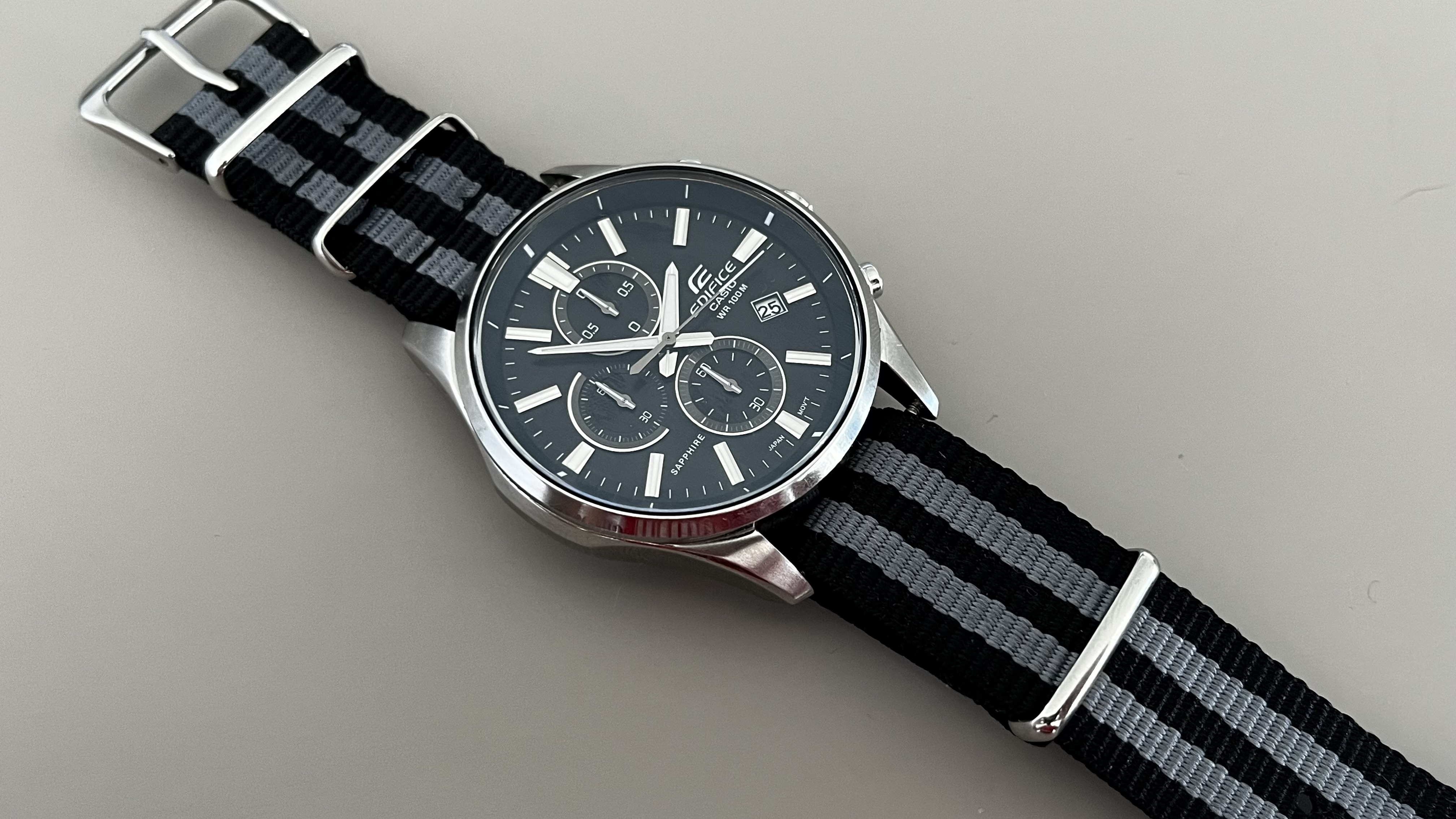
Changing your watch strap is a simple and effective way to shake up the look of your timepiece. Maybe you've fallen in love with one of the best watches on the market, but don't fancy the strap or bracelet it comes with as standard. Or maybe you're just looking to give a new lease of life to something you've had for a while.
Fortunately, changing a watch strap is quite a simple process. You won't need many tools at all, and with a little patience, you can get a whole new look.
Quick disclaimer here, though – this is intended as a guide, but it isn't exhaustive. You can scratch your watch if you don't quite get it right, so if you aren't confident, or don't want to risk that, take it to a reputable dealer.
Step 1: Removing the old strap
The first thing you'll need to do is take off the old strap or bracelet. For this guide, I'm using my old Casio Edifice chronograph. That uses a traditional spring bar system to hold the strap in place.
You may find that your watch has another spring bar system. If yours has a quick release system – like my Christopher Ward watch pictured below – simply pull the tabs into the middle to release the spring bars and gently pull the bracelet free.
To take it out, we simply need to take the spring bar tool, and use the horseshoe-shaped end to grip the ridge on the spring bar. Apply a little force to pull it towards the middle, while pulling on the strap a little. You should hear a little 'pop' and be able to see some space between the endlink and the case.
Once you've got one side out, maintain pressure on the strap so that spring bar doesn't pop back into place and repeat on the other side. Once this one pops out of place, pull the strap away as gently as possible, with your fingers around the sides where the spring bars are. These are under load, so can pop out if you're not careful. When you have one side out, repeat on the other so you have just the case left.
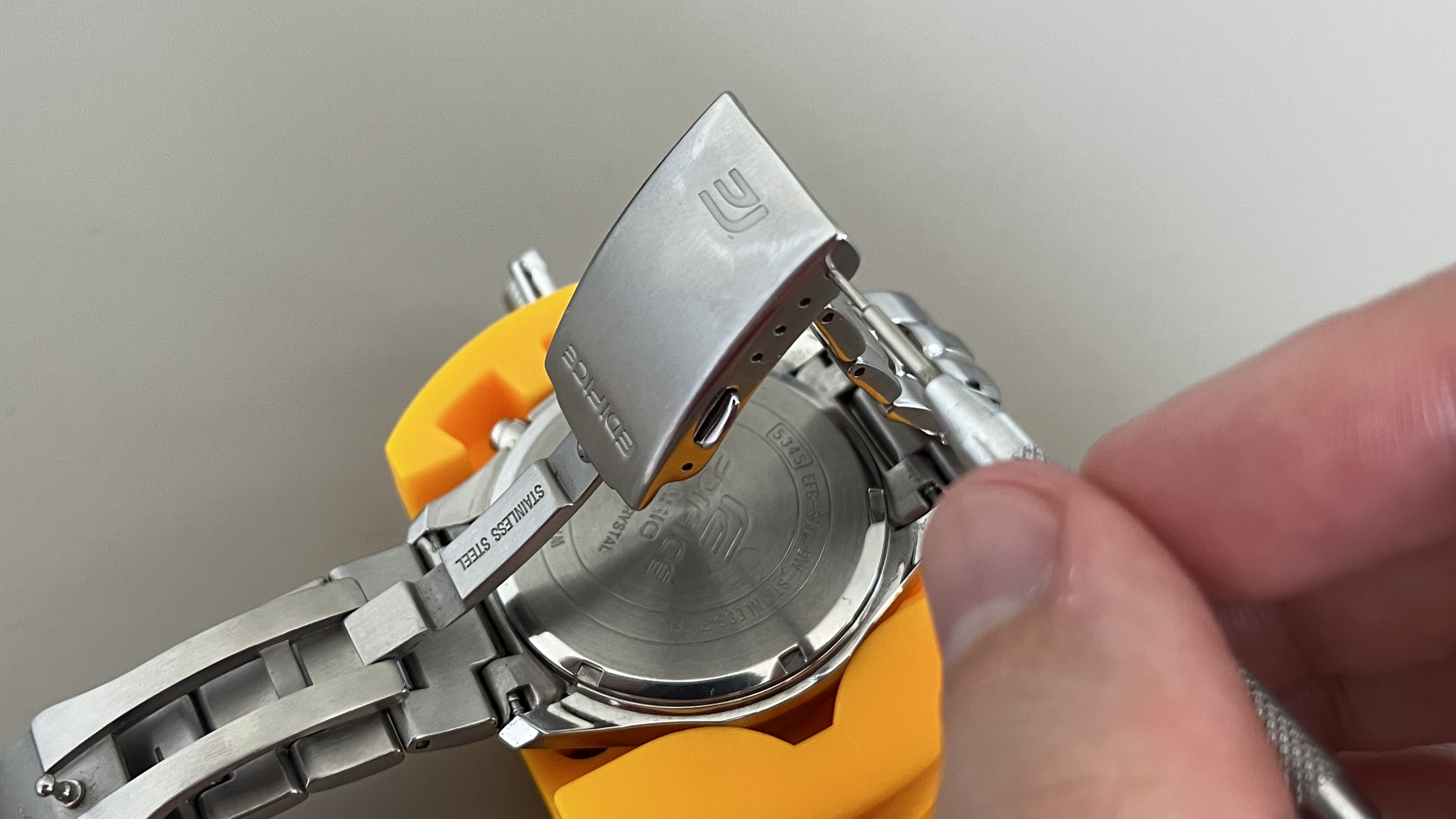
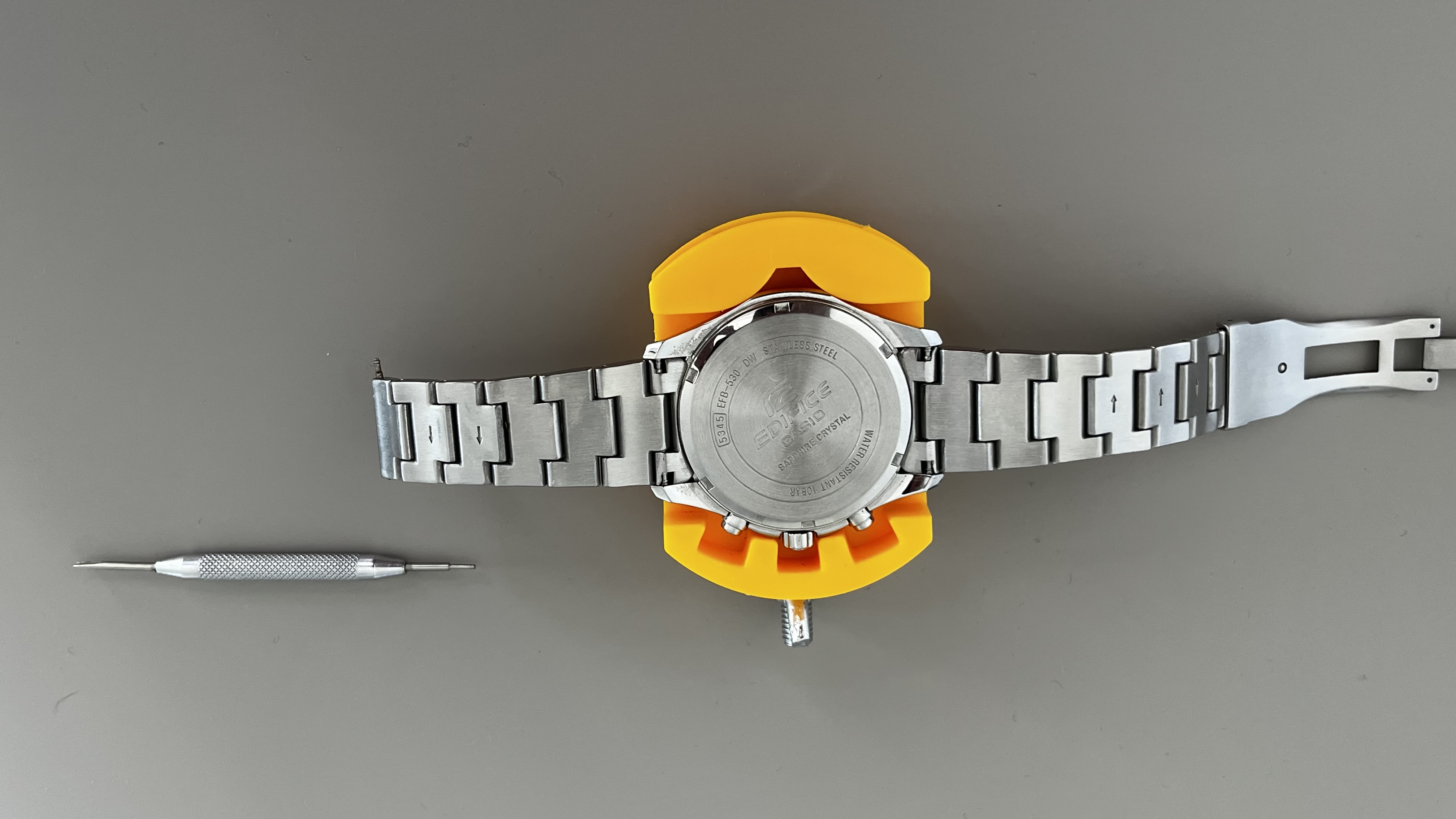
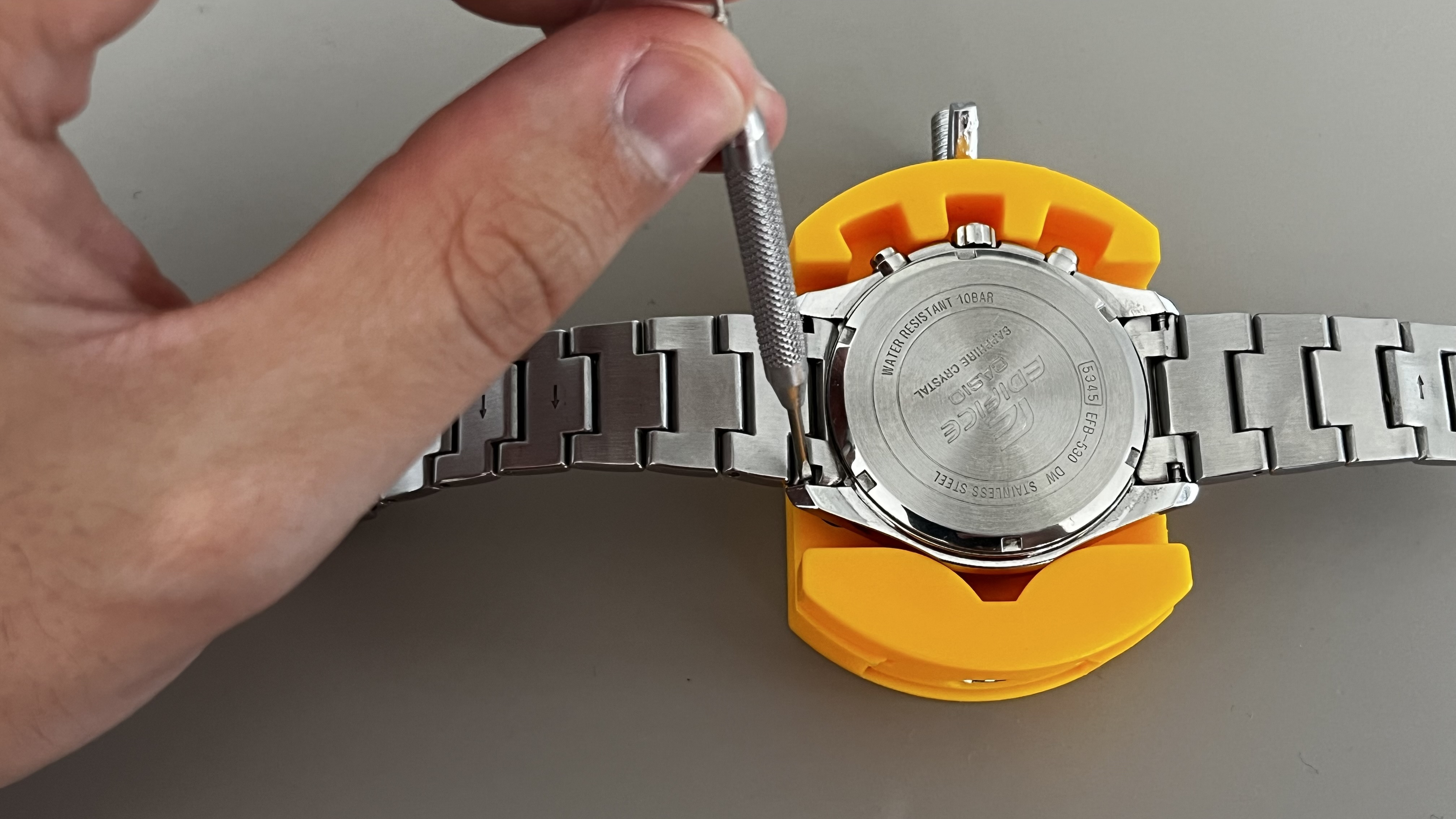

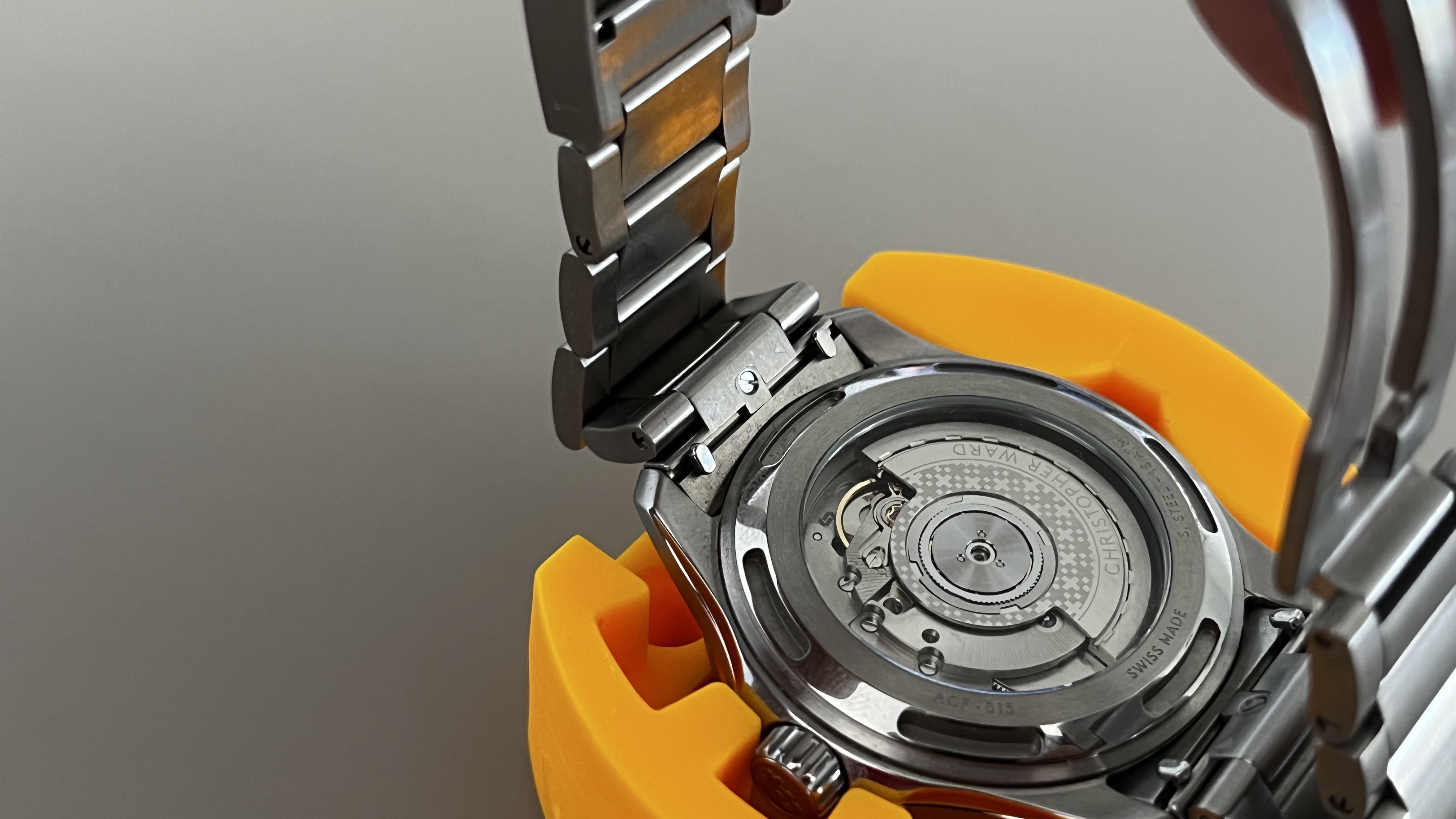
Step 2: Installing the new strap
For this guide, I'm installing a NATO strap. This uses spring bars as an anchor point, feeding through and doubling back on itself. They're a great option for a new strap – affordable, lots of colour options, and less likely to cause a catastrophe if a spring bar fails.
If you're looking to install a leather or fabric strap that uses spring bars similar to a bracelet, the process is slightly different. In essence, you're going to want to put the spring bars through the strap, then repeat the steps used to remove the old strap in reverse.
For the NATO, we're going to first re-install the spring bars. I find the easiest way to do this is to get one end seated and then apply pressure directly over the other end until it can slot into place. Again, warning – once spring bars are under pressure, they're liable to fly. Keep a tight grip and keep it away from your eyes.
Once the bars are in place, it's time to add the strap.

How to install a NATO strap
Once the bars are in place, you can tool down. Installing the NATO strap itself is really simple, and doesn't require anything other than your hands.
First, make sure the strap is oriented correctly. You're going to want the buckle to face forwards on the top side of the dial. Once you have that correct, take the longer end of the strap and feed it through the top spring bar. You want to end up with just the buckle part protruding above the top of the dial, with the long part of the strap hanging on the back side of the case.
Next, pull the same longer section through the bottom spring bar. When pulled tight, this should ratchet the strap to the back of the case.
Finally, pull the longer end of the strap through the buckle on the end of the shorter piece. Pull that tight, and you're good to go.
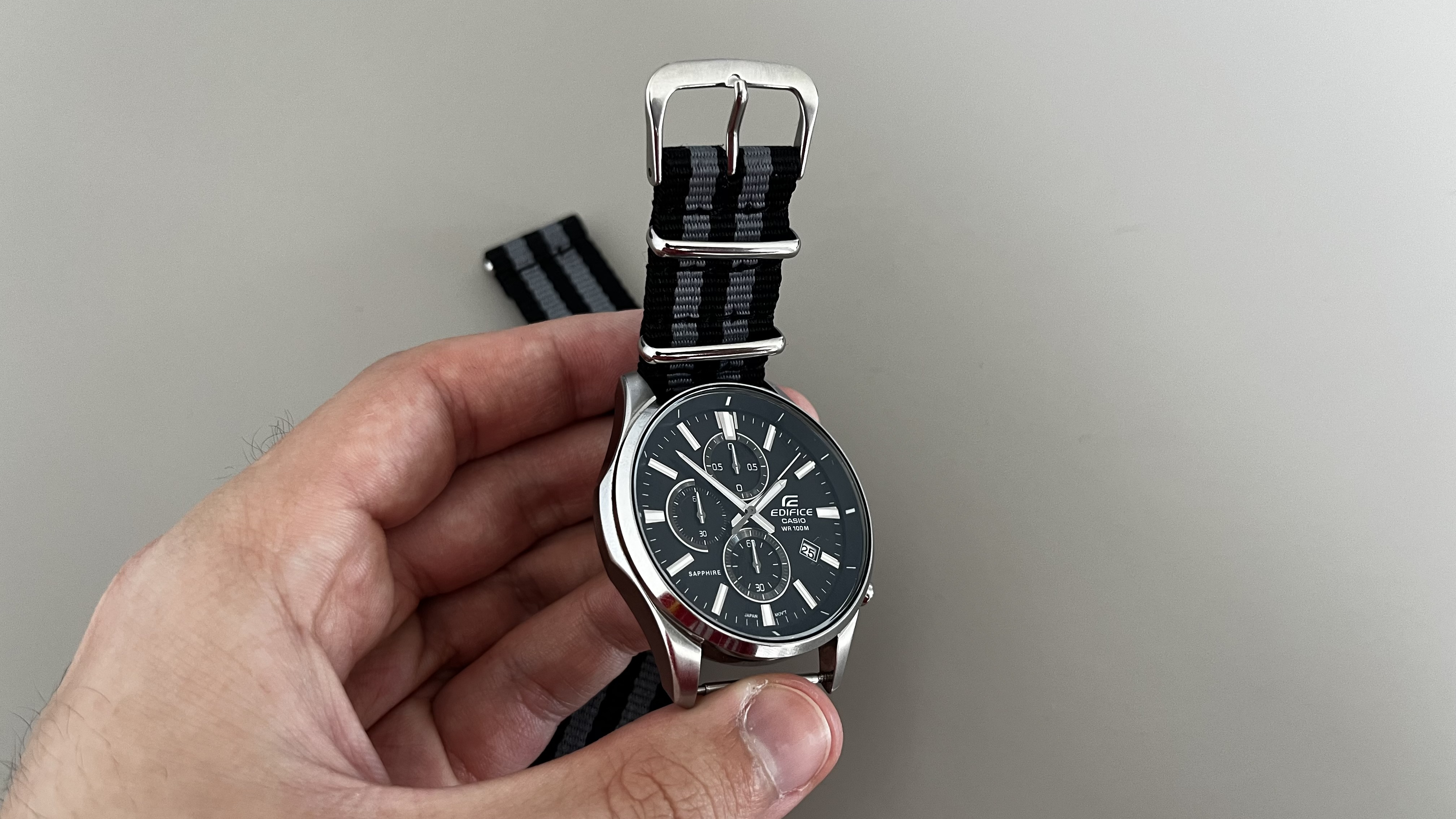
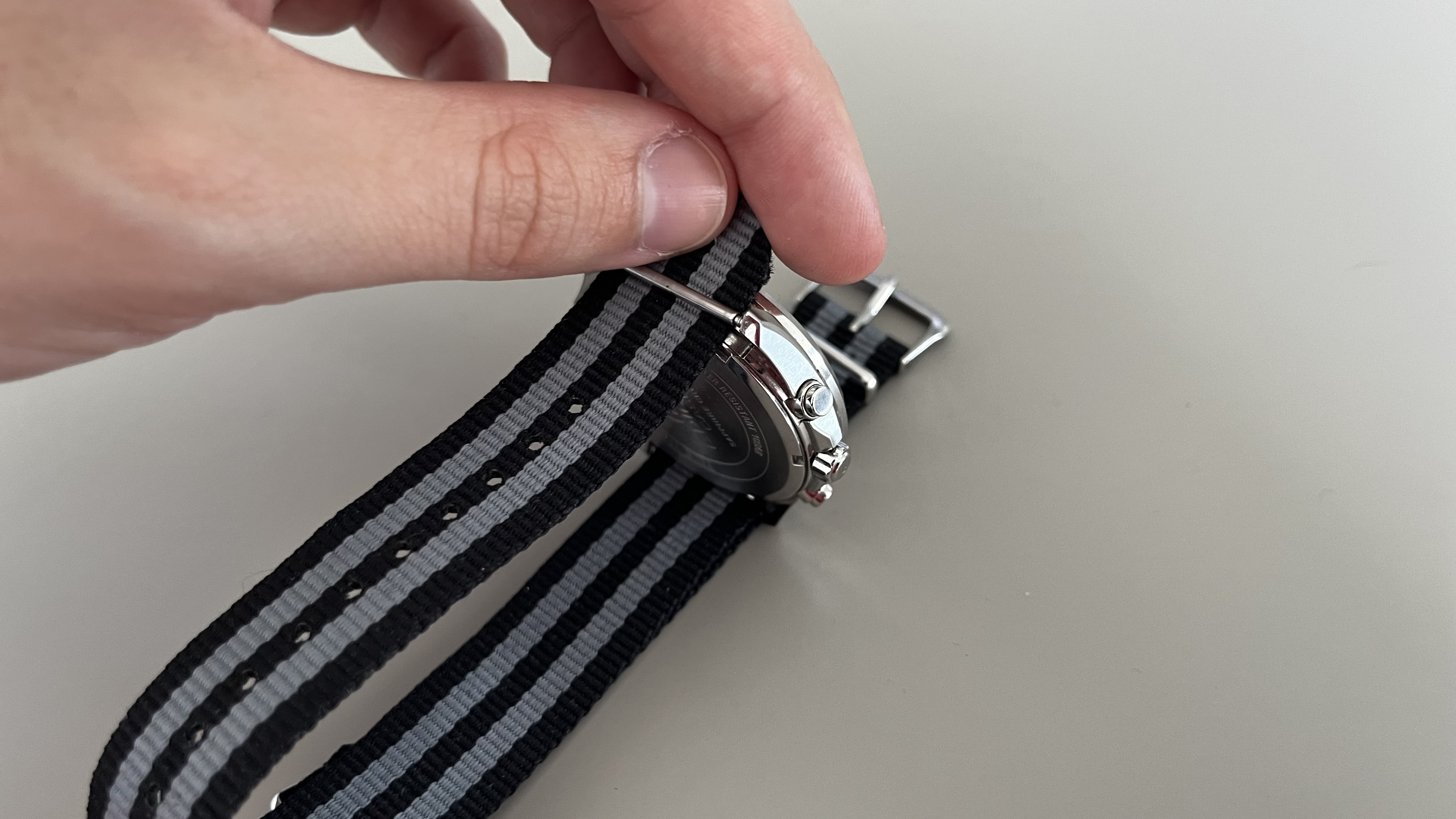
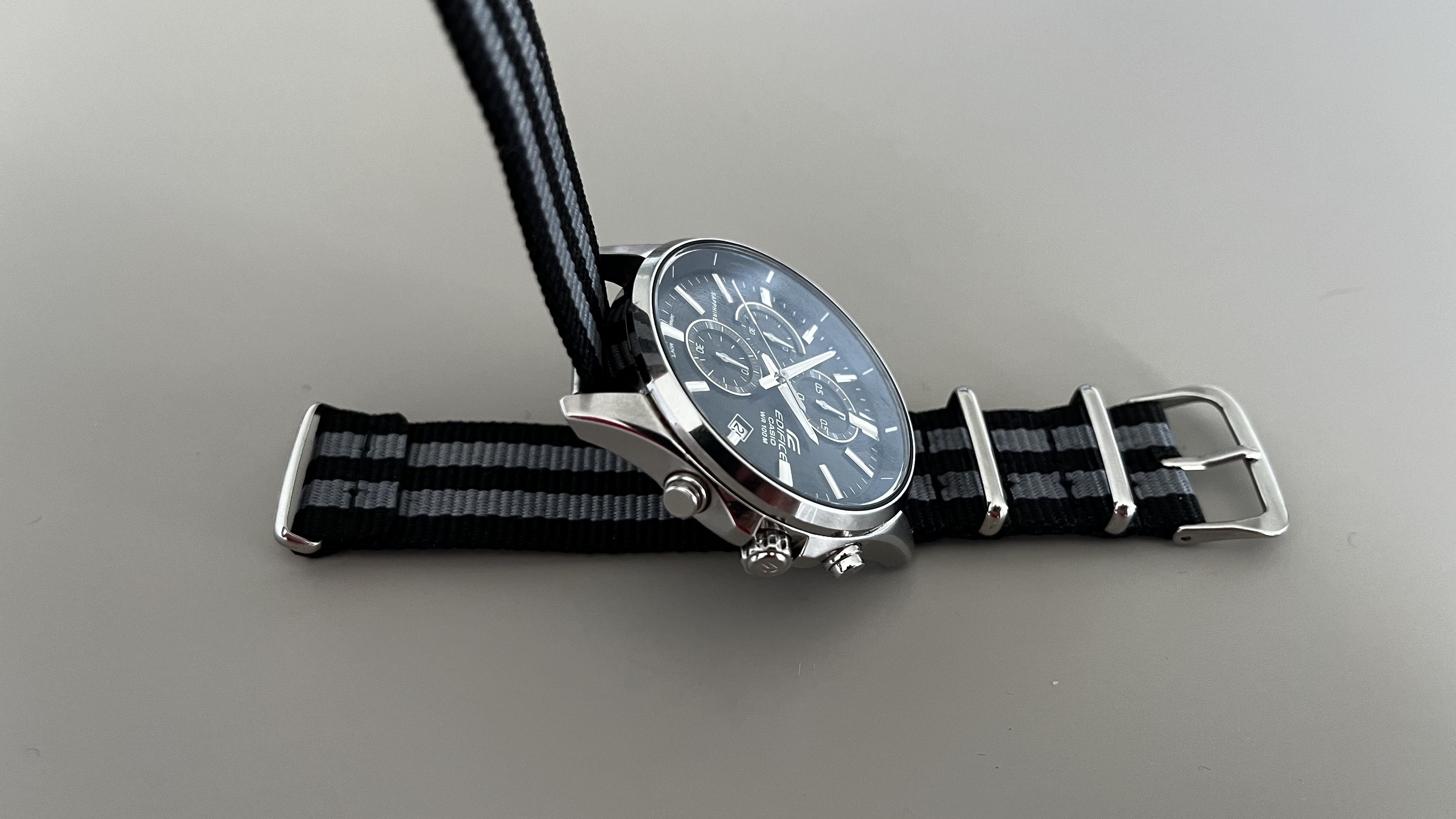
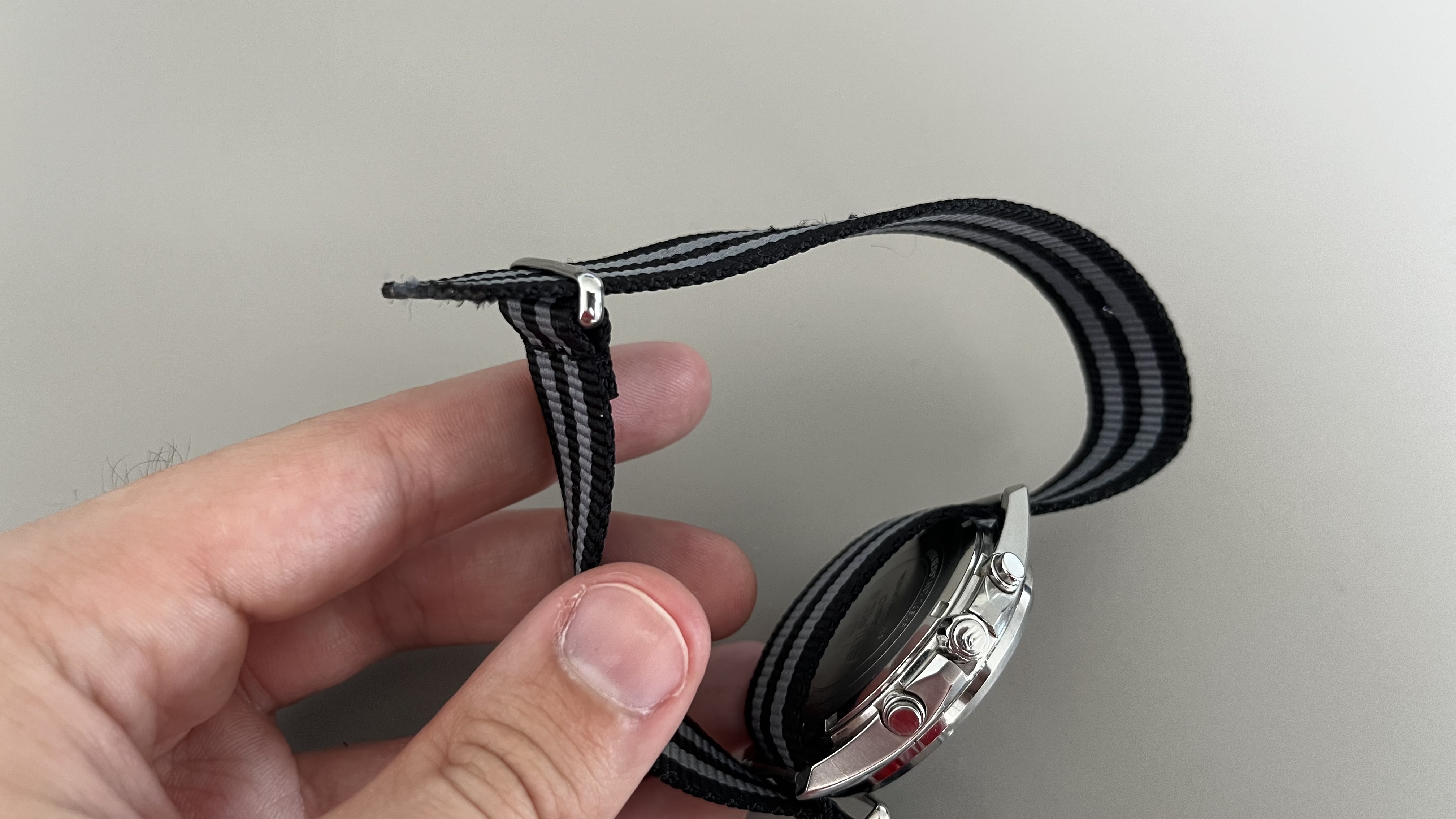
And that's it – you're done! If you've popped a NATO on there, it's really easy to swap out for another NATO strap to change up the design. You don't need to worry about tooling or removing spring bars – simply untie the strap and reinsert your new one.
That makes it a great option for changing up the look of your watch on the fly. You can get NATO straps from lots of places – the one I used here can be found cheap on Amazon. It even comes with a spring bar tool, giving you everything you need.







